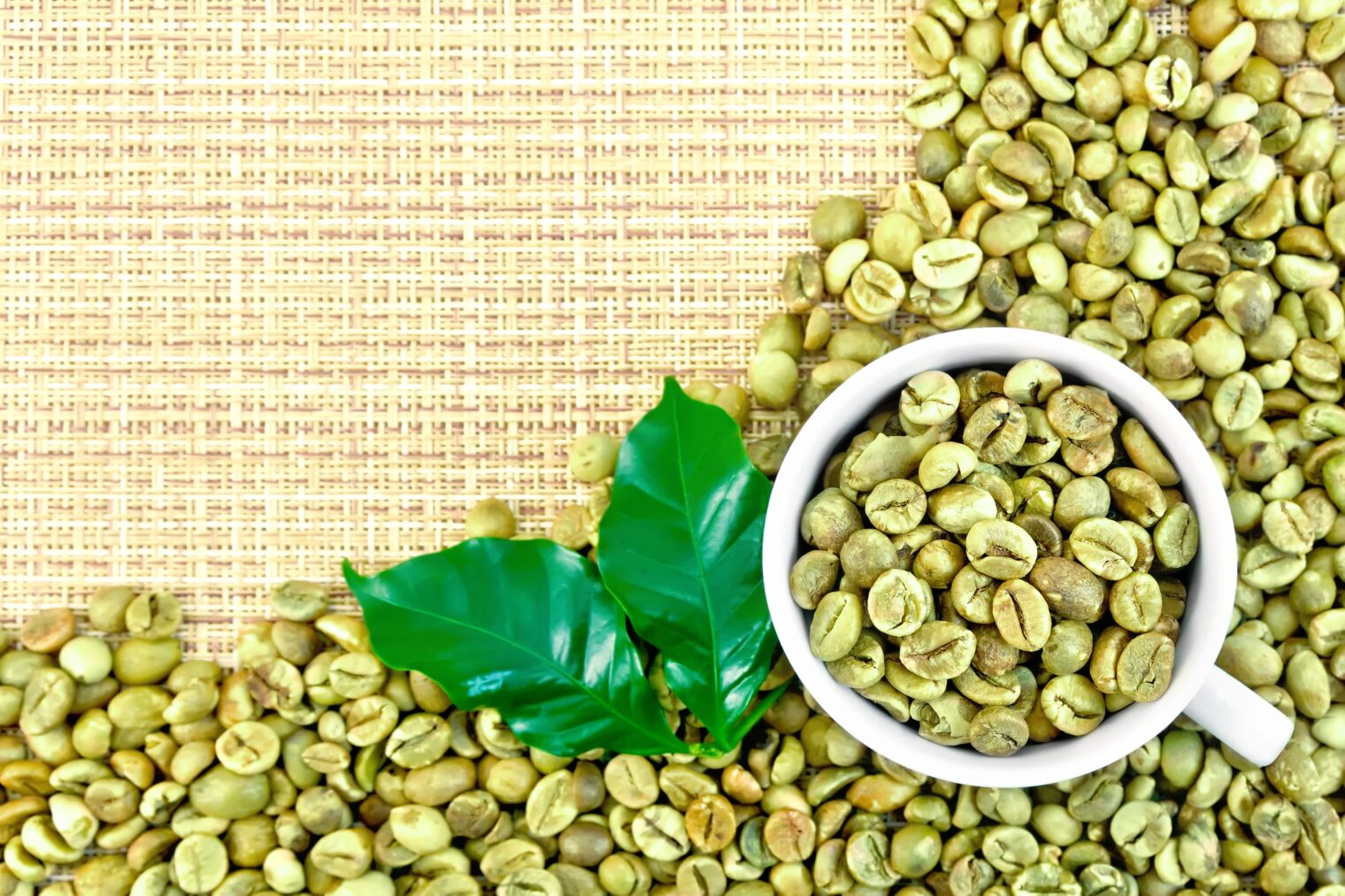There is an ongoing debate in the coffee world: arabica or robusta – which really deserves to be called the ‘better coffee’? Although they both come from the same botanical family, they differ in almost every way. From taste and aroma, to chemical properties, to cultivation method and price. In this article, we’ll take a closer look at what really makes these two most popular coffee varieties different, how to choose the right one for your needs and why you should also be interested in green coffee, the raw version of the bean.
Where do arabica and robusta come from?
Arabica(Coffea arabica) is the oldest and best-known coffee variety in the world. It originated in Ethiopia, where it still grows wild in the mountainous regions today. Today, its cultivation can be found in South America (Brazil, Colombia), East Africa and South-East Asia, among others. Its greatest virtue is its taste qualities – delicacy, acidity and rich aromatic notes (from fruity to chocolatey).
On the other hand, robusta(Coffea canephora) is the younger ‘cousin’ of arabica. It was discovered in the 19th century in Central Africa and quickly began to gain popularity due to its resistance to disease and harsher climatic conditions. It is mainly grown in Vietnam, India and West Africa.
Taste and caffeine content – differences you can feel
The differences between arabica and robusta are very clear, especially for coffee lovers. Arabica is characterised by a softer, more complex flavour, often with notes of citrus, berries, chocolate or nuts. Robusta, on the other hand, has a more intense, bitter flavour with a pronounced earthiness and notes of wood or nut.
When it comes to caffeine, robusta contains significantly more of it – up to twice as much as arabica (on average 2.2-2.7% against 1.2-1.5% in arabica). This is why robusta is more often found in espresso blends that care about power and character.
Unsurprisingly, the question of which coffee is better – arabica or robusta – has no single answer. It all depends on taste, the purpose of consumption and the form of preparation.
Properties and uses – not only for espresso
Arabica is considered a premium coffee. Its cultivation is more demanding, the beans are finer and more difficult to process, which translates into a higher price. It is chosen by lovers of filter, chemex, aeropress and classic black coffee.
Robusta, on the other hand, works well in espresso – especially in blends, where it increases the caffeine content and provides a better crema. Its lower price and greater weather resistance make it an ideal choice for large producers and caterers.
Green coffee – or raw beans and their extraordinary potential
Green coffee, or raw coffee that has not yet been roasted, is also becoming increasingly popular. It has a light colour and a completely different flavour profile – earthy, slightly grassy, delicate. What’s more, it contains more chlorogenic acid than roasted coffee, making it of interest to health and body-conscious people.
Both green arabica and green robusta are available in bulk for roasters, supplement manufacturers or cosmetic manufacturers. They can be roasted in-house, tailoring the flavour profile to individual needs, or used as a base for extracts or functional drinks.
Robusta versus arabica – differences in cultivation and trade
Arabica grows best at high altitudes (above 1,000 m) and requires a mild climate, humidity and shade. It is more susceptible to disease and needs careful care. Robusta is hardier – it grows at lower altitudes, tolerates higher temperatures, needs less care and produces higher yields.
These differences make arabica much more expensive to produce and sell, but it offers a wider flavour spectrum. Robusta, on the other hand, dominates the industrial market and the cheaper coffee segment.
Arabica or robusta? How to choose the perfect coffee
Choosing between these two varieties is not easy, as it depends on individual taste preferences, purpose of consumption and expectations of coffee. What should you look for?
Delicate flavours, acidity and fruity notes are the hallmarks of arabica. On the other hand, if power, pronounced bitterness and intense stimulation are required, robusta is a better choice. If you intend to roast your own coffee or use it as a raw material, it is best to consider buying green coffee.
The FDCM.eu platform allows you to order a free sample with delivery, allowing you to test the product without risk. This is particularly useful for caterers, artisan roasters or producers of coffee blends.
Buy consciously – quality starts with a verified source
The coffee market is booming – more and more entrepreneurs are looking for top-quality raw material from an honest source. In this case, it is a good idea to bet on a reliable supplier that offers wholesale green coffee with transparent origins and proper quality documentation.
On the online platform FDCM.eu, you will find a wide selection of arabica and robusta coffee – both roasted and raw. This is ideal for companies that want to buy in bulk, test new varieties and have full control over the quality of the beans used.
Arabica and robusta – rivals or the perfect complement?
Robusta and arabica are not just two different species. They are two different worlds that can complement each other and not necessarily compete. Rather than asking the question which coffee is better arabica or robusta, it is important to understand the differences and match the product to your own expectations.
For some, it is the subtlety and depth of flavour of arabica that matters, while for others it is the strength and clarity of robusta. And for an increasing number of professionals, the quality of the raw material is also becoming important, so choosing green coffee becomes an investment in the future of the brand.
Having doubts? The best way to choose the perfect coffee is through testing. Choose your variety, order a free sample with delivery and find out which coffee suits you best.







